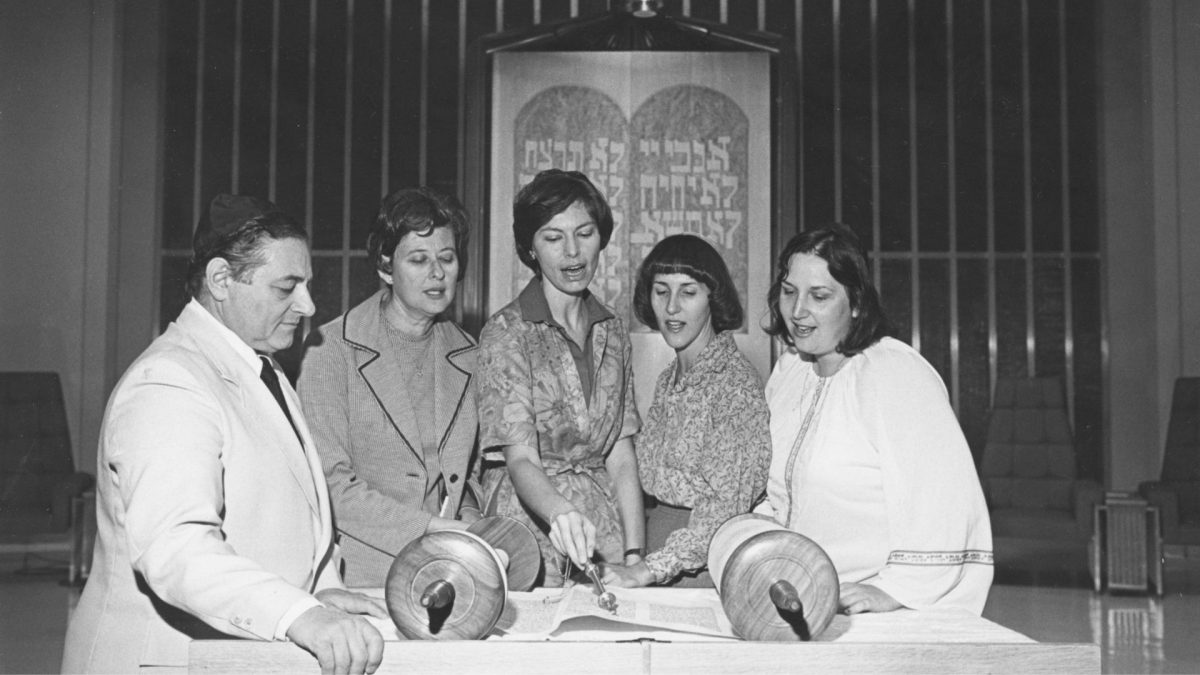This week’s Torah portion is infamous for being perhaps the grossest and least relatable portion in the entire Torah. And it’s one of my very favorites.
Tazria focuses on a skin disease known as tzara’at, which is commonly translated as leprosy but was something else altogether. I won’t share the details here, just in case you’re reading this over breakfast, but it’s a bizarre sounding skin ailment that was highly contagious and unsightly. The cure required various ministrations from the priests as well as a period of isolation.
The rabbis also suggested that tzara’at was a disease that was brought on by gossiping. They based this both on the fact that Miriam developed tzara’at after she spoke negatively about Moses’ wife, and because the name for a person who had this disease, a metzora, sounds like motzi shem ra, speaking ill of others.
People often say that this is the worst Torah portion for children to have to study when they’re becoming b’nai mitzvah, but I’ve often found that students make immediate personal connections to this parasha.
On a simple level, adolescents are fully aware of how looking physically different can make you feel like an outcast. They understand the discomfort of having an aspect of your physical appearance seem to take over your life, and the mortification of having to see specialists and follow odd rituals just to return to a state of normalcy.
The deeper rabbinic interpretation of tzara’at as a punishment for speaking ill of people is even clearer to them.
The middle school years a time of unsettling change, a time when children realize that despite what they were taught about sticks and stones, words really can hurt you, and that when others talk behind your back, it can be shockingly destructive.
I often challenge b’nai mitzvah students who have this portion to see how long they can go without speaking about someone behind their backs, even if what they’re saying doesn’t feel inherently negative. They are often shocked by how quickly they fail the challenge.
I’ve never challenged adults to do the same, but I wonder how many of us would be able to least even as long as these students. Without the punishment of tzara’at hanging over us, it is far too easy to casually speak ill of people without worrying about the outcome.
Jewish tradition has so many different texts that talk about the dangers of gossip and speaking ill of others, yet few of us think of it as one of Judaism’s central values. Perhaps this should be the year that changes.
I challenge you to see how long you can go without speaking about someone behind their back. Feel free to email me and let me know how it turns out.
Rabbi Amy Feder serves Congregation Temple Israel and is a past president of the St. Louis Rabbinical and Cantorial Association, which coordinates the d’var Torah for the Jewish Light.















